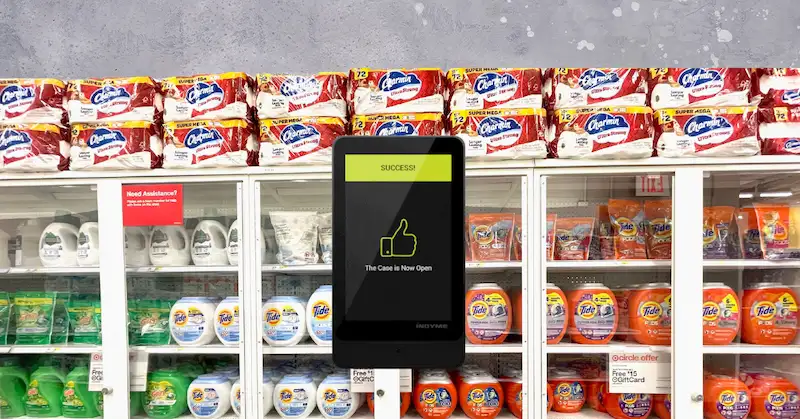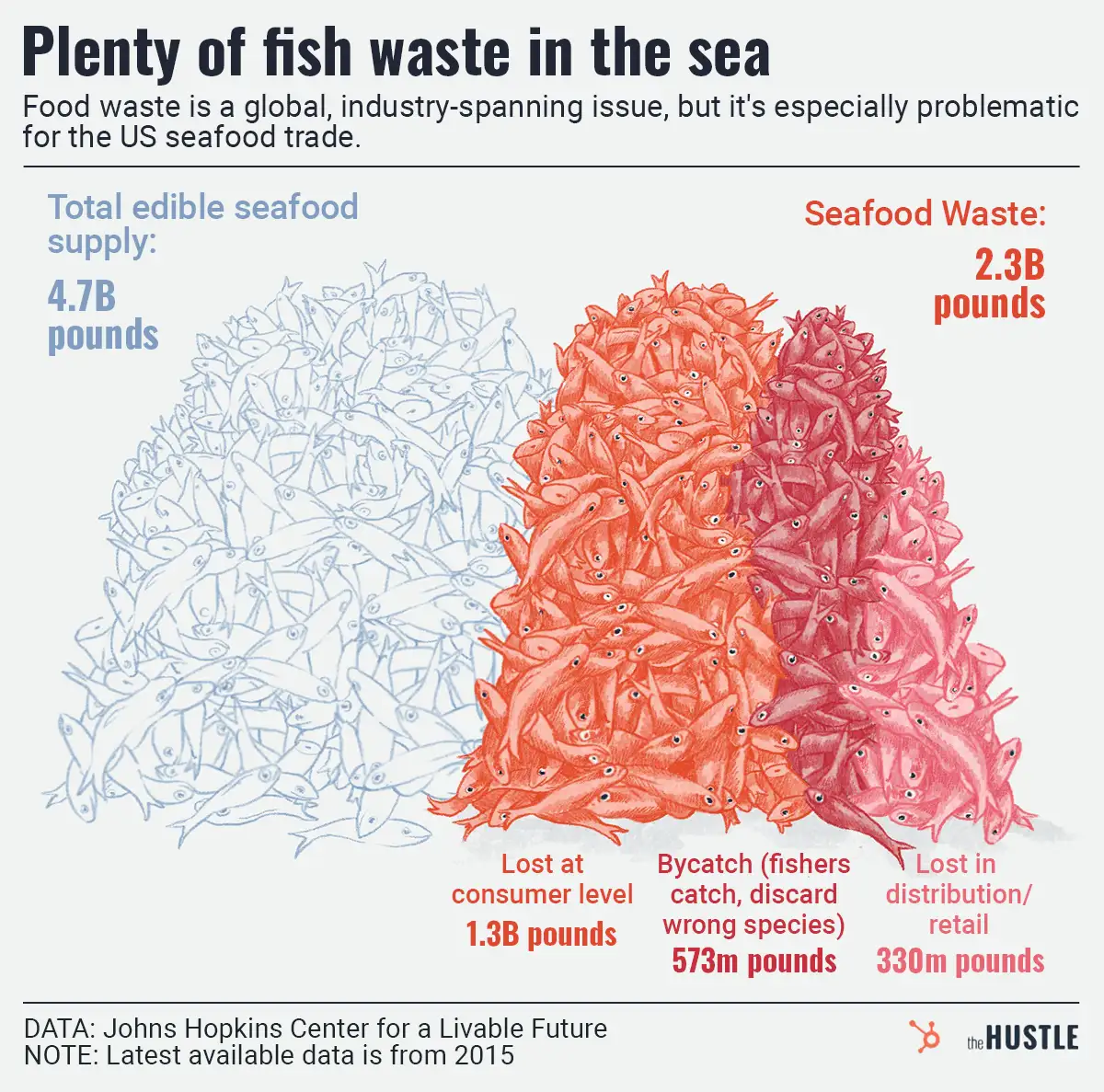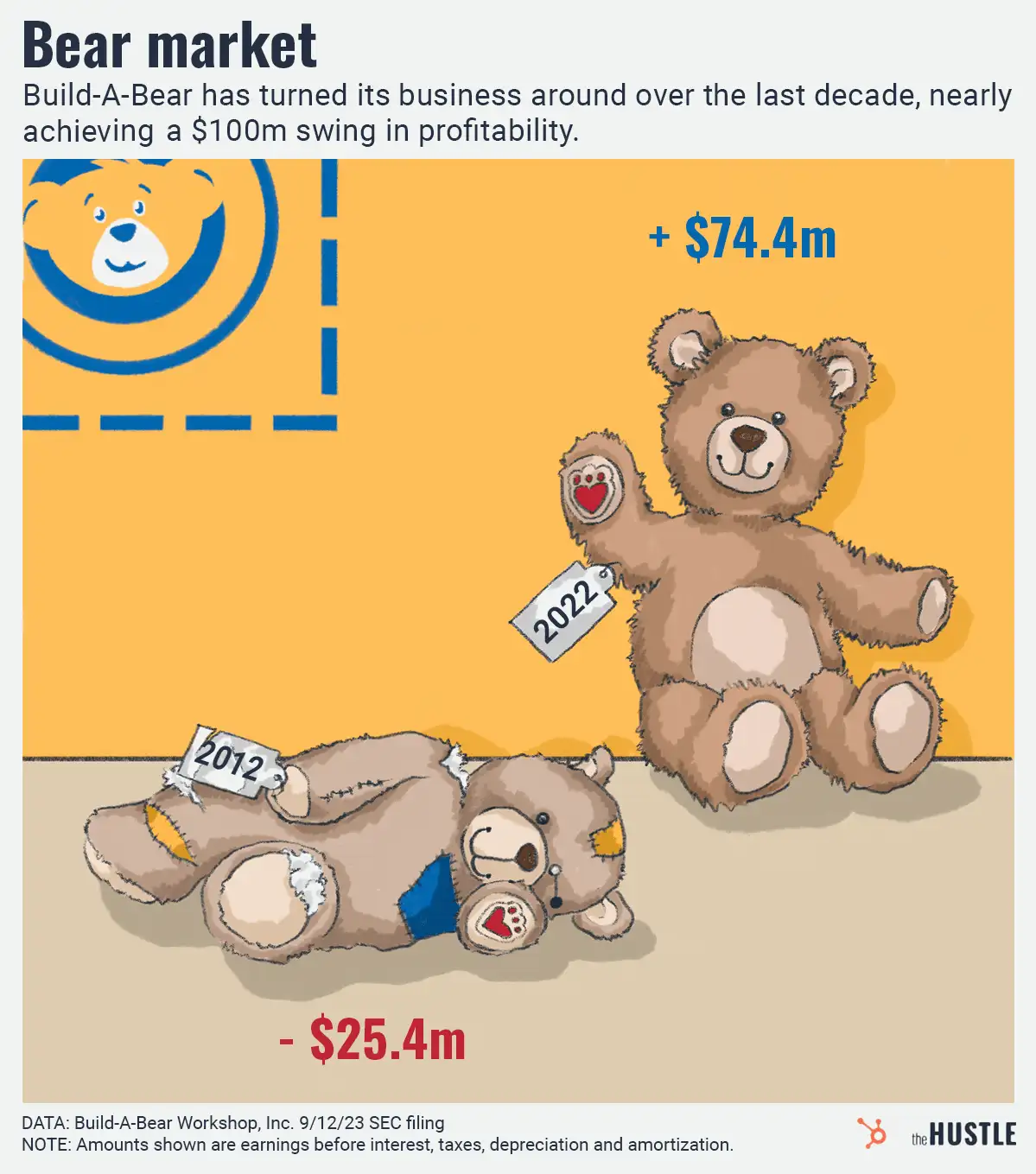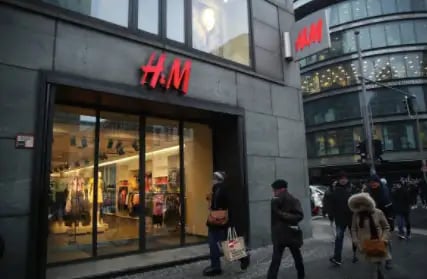
H&M, Adidas, and Nike are facing boycotts in China. Why?
Labor practices in the cotton industry in China’s Xinjiang region have become a hot point for global fashion brands.
Published:
Updated:
Related Articles
-

-

3D-printed, compostable shoes are a step toward sustainability
-

Why, though? A beverage you can chew
-

Why, though?: Bic tried to market to tiny lady hands
-

Bin stores are the hot new way to score ridiculous deals
-

Saudi Arabia will host the 2030 World Expo (and incidentally, World Expos are still a thing)
-

Deck the halls: Holiday decorating is reaching new heights
-

Why, though?: A CD player that doesn’t play music
-

Seafood waste: A billions-losing issue with billions-earning potential
-

Build-A-Bear is a money-making machine

